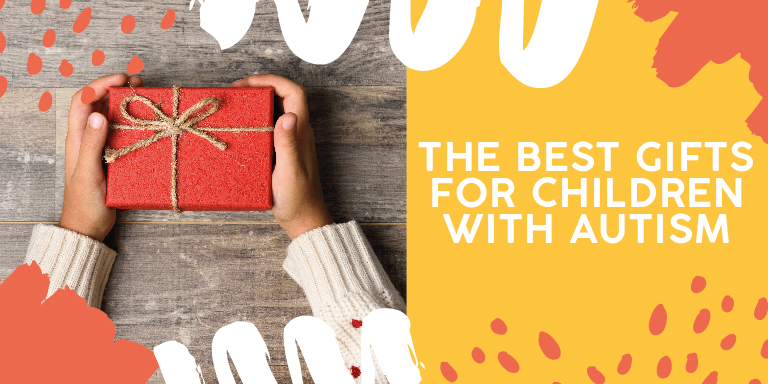
Buying gifts for children is hard enough, but it becomes even more difficult to think of the perfect gift if the child has autism. Children with autism have unique needs, but luckily they enjoy many of the same toys that children who are not on the spectrum do.
Toys are not just a source of entertainment for children with autism—the right toys can help them improve upon certain skills that are crucial to their development. If you have to buy a gift for a child with autism, consider buying one of these items:
Play-Doh
Play-Doh may seem like a simple toy, but it can have incredible benefits for children with autism. Rolling Play-Doh into a ball, breaking it into pieces, or flattening it on a table can strengthen kids’ hand muscles and help them develop fine motor skills.
Additionally, many children with autism struggle with “pretend play,” which involves using your imagination. Parents can use Play-Doh to help their children master pretend play by asking them to manipulate the Play-Doh to look like different items. For example, you can encourage your child to turn a hunk of Play-Doh into spaghetti, and then pretend you are both at a fine Italian restaurant.
Personalized Books
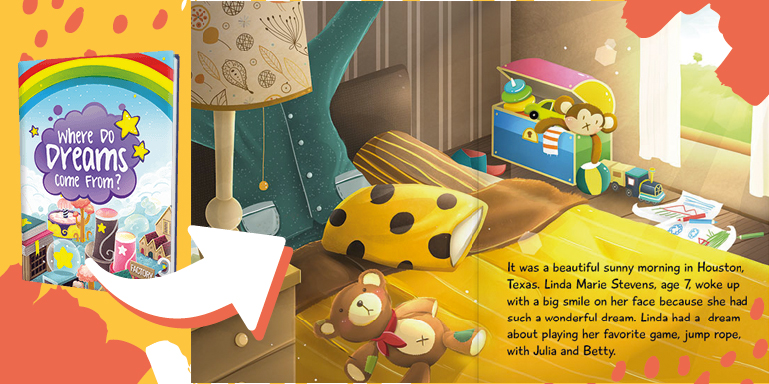
Children with autism typically love to read. In fact, they often become caught up in every detail and end up fully immersing themselves in the story, which is why they will love actually being a part of the story with a personalized book. This makes reading even more fun, and helps kids with autism feel a deeper connection to the other characters in the story.
Art Supplies
Head to a local art supply store and stock up on crayons, paper, markers, and any other item you can get your hands on if you are looking for a gift for a child with autism. Help your child understand what to do with all of the art supplies, and then encourage him to explore his creativity. Children with autism struggle with verbal communication, so they often find great joy in expressing themselves through art. If your kids end up loving art, it may be wise to find an after school program or community group that he can join so he can meet other people with similar interests.
Using different arts and crafts can also help children on the spectrum who struggle to process sensory stimuli. Kids will enjoy being able to feel different textures and create brightly colored works of art with their own two hands.
Puzzles
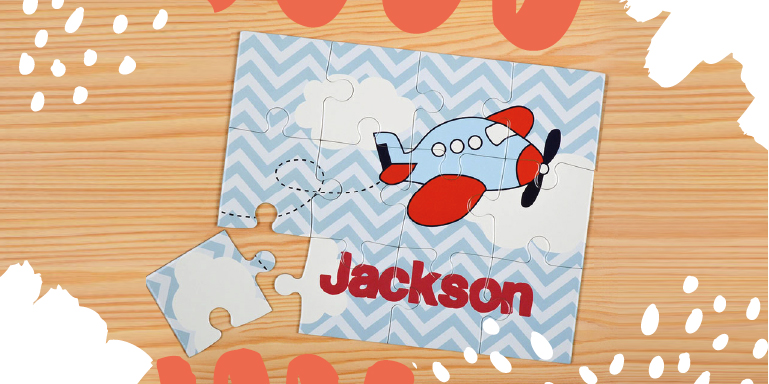
Nothing will bring a smile to your child’s face quite like a challenging puzzle—especially if the pieces come together to make a beautiful picture. Finding two pieces that fit together gives children with autism a great sense of satisfaction. Kids also love getting closer and closer to seeing the finished picture, and delight in seeing what they have created all by themselves.
Toy Blocks/Legos
Children of all ages will get a kick out of playing with building blocks, and children with autism can benefit from this activity as well. Children on the spectrum may try to use the building blocks to create the same structure over and over, but parents should challenge them to try to build something new so they can break away from repetitive behaviors. Children who then attempt to build something new learn how to use their creativity to imagine something and then bring it to life, which is challenging for kids on the spectrum.
Bubbles
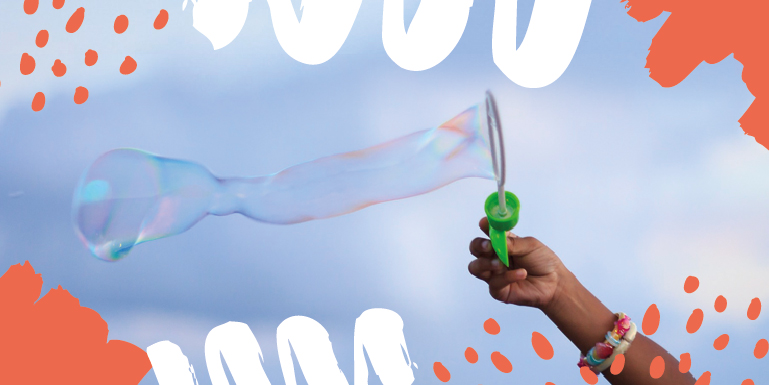
Sometimes, it’s the simple things that bring the most joy to children with autism. Kids on the spectrum love playing with bubbles, and parents love it as well since bubbles can help their child develop new skills. For example, start blowing bubbles to get your child’s attention. Once he starts to poke the bubbles or show amusement, stop blowing bubbles and wait for him to ask you to continue. Children with autism have a hard time asking for what they want, so playing with bubbles is a great way to keep your child entertained while also working on these skills.
Video Games
Parents may not be thrilled with the idea of their kids playing video games, but this is a good gift for children with autism because it entertains them while they unknowingly work on important skills. How can video games benefit children with autism? First, it helps them develop important social skills because they now have a shared interest with their peers. Children with autism often struggle to connect with other kids, but if they enjoy the same video games as others in their class, this is one thing that will help them connect.
Many video games have social aspects that can teach children with autism a lot about social cues and norms. For example, when a child plays a game such as World of Warcraft or Minecraft, he must learn the social norms of the world within the game. They will also have to communicate with other players in the game, so they will learn how to initiate and engage in conversation with others.
Board Games
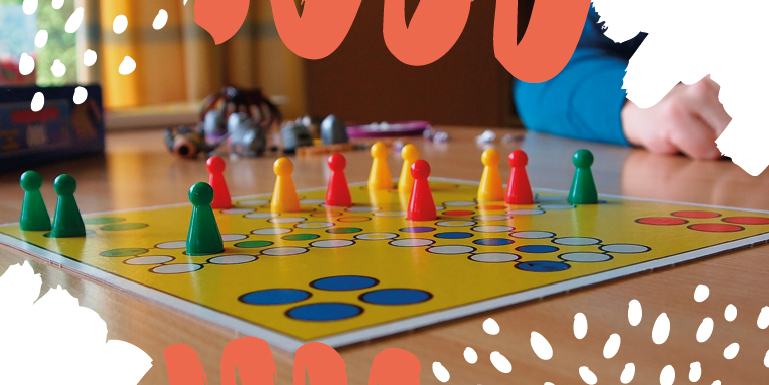
Every kid loves playing board games, but besides being a source of entertainment, certain board games can also help children with autism learn new skills. Children with autism often struggle with taking turns, but board games teach them that every player has to have a turn before it’s time for them to play again. Board games also teach kids with autism the importance of following instructions and coping with unexpected situations. There’s no way for a child to know what moves the other players in the game will make, so he will be forced to deal with changes in the game as each move is made. Children with autism often have a hard time dealing with the unexpected, so this can teach them how to manage the anxiety that they feel in these situations.
Playing a board game also puts a child with autism in a social situation where they have to communicate with other players in the game. If your child is having a hard time socializing with other kids his age, this is a great way to break the ice.
As you can see, finding a gift for children with autism is much simpler than you may have expected! Stick to this list of gifts if you want to buy a present that will both entertain and benefit a child with autism.

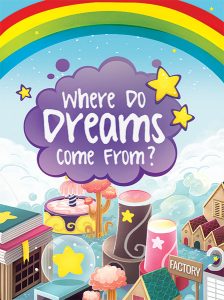

 Statue of Alexander Hamilton
Statue of Alexander Hamilton